The present work, the fruit of labours, both intellectual and, to a large extent, physical, over the years, covers a subject of immense value. To scholars- historians, epigraphists and those interested in a study of the continued traditions of the country down into the late medieval period, this Corpus of inscriptions, in Sanskrit, Old Bengali, and Oriya, on temples distributed over ten districts of the present day West Bengal, presents a treasure-house of material from contemporary times. Based on original documents in the form of stone and terracotta records gathered from the very depth of the society, it lays bare almost a complete picture of the society of the times in Bengal as part of the wider scence obtained in India.
Divided in four main Sections, the work deals with 118 inscriptions that fal within the period set for the book (c. 1500 A.D. -c. 1800 A.D.) in an extensive introductory ANALYSIS of the texts studies from various aspects and divided into seven sub-sections (Section I), with teh Texts of the records in Roman script with full diacritical marks and their English rendering and elaborate explanatory Notes (Section II), a set of valuable Appendices and Indices (Section III)- which all are followed by a Supplementary Section (Section IV) that brings together a random collection of those records, 44 in number, that came to the notice of the author in course of his investigations but fall outside the time-limits set for the main study.
Critically analysed, drawing largely from the epics, the Puranas and the Dharmasastras, and from the rhetorics and the classics in literature, this basic material, in this hitherto unexplored field of late medieval epigraphy of Bengal, is invaluable in its own right, for a proper appreciation of the cultural history of this part of India for the three hundred years almost immediately before the advent of the British. It reveals the religious thinking, literary achievements and many other aspects of social life- which all reached the highest peak of glory before dwindling down once for all.
In its originality of the material, the manner of presentation and the precision of analysis, the work is sure to remain a source-book for all future researchers in the field. It is, indeed, a tribute to the deep sympathy and wide erudition of the author, so uniquely equipped for the task.

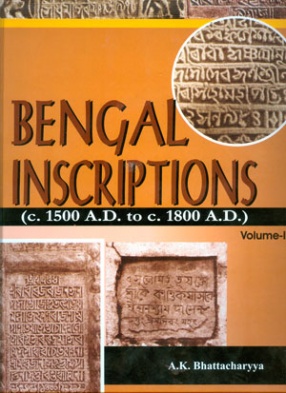

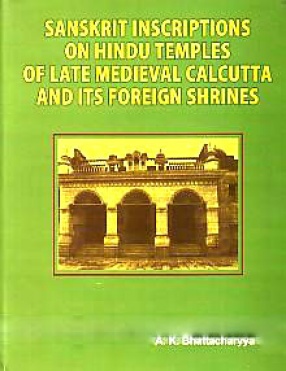
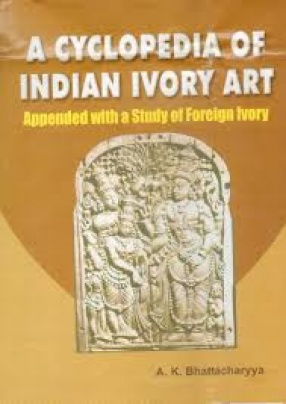
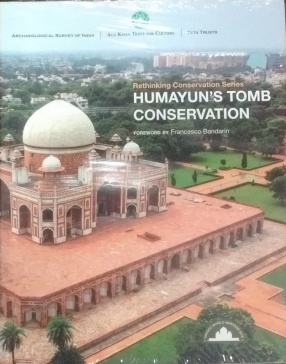
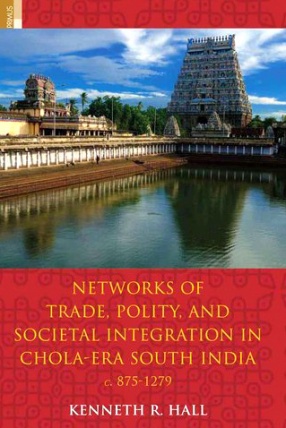
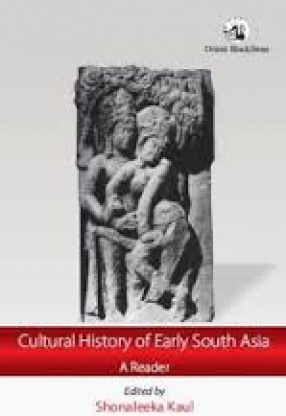
There are no reviews yet.